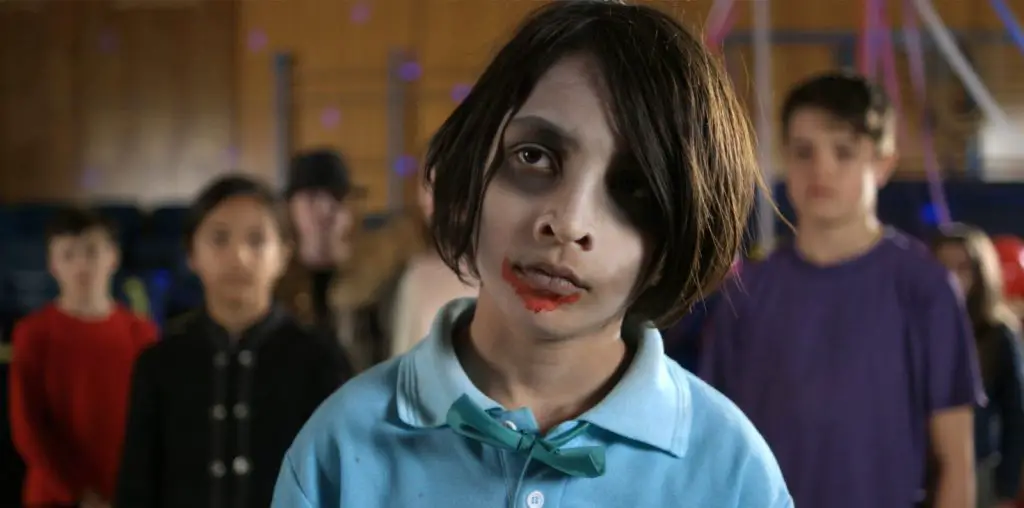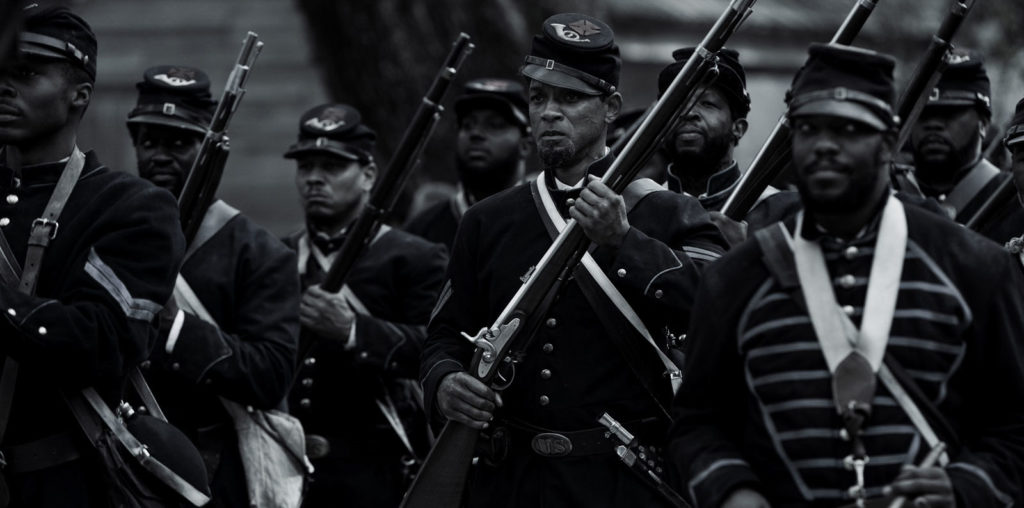
A title like “The Mothman Prophecies” conjures up images of monsters and a lot of people running and screaming in terror. Mark Pellington’s film, based on John A. Keel’s book based on actual events in the late ’60s, is not a schlocky creature feature but something far more stylish and cerebral–and, hence, more chillingly effective.
Richard Gere plays the film’s contemporary-set Keel stand-in, John Klein, a reporter for The Washington Post. He and his wife Mary (Debra Messing) enjoy such a blissful union that while house hunting, they can’t help but indulge in a little clandestine nookie in a closet. But having it all certainly can’t last, and on the drive home from choosing a house, a disturbing vision causes Mary to crash the car. Before long, John has lost all that mattered to him, save his job. Two years later, though, even that is put into jeopardy when John takes a fateful drive himself, and under very mysterious circumstances he ends up far from his intended destination of Richmond, Virginia and in Point Pleasant, West Virginia. What initally appears to be some freak occurrence soon seems more like fate, as John discovers that many residents of this small town, particularly one Gordon Smallwood (Will Patton), have been haunted by visions similar to the one which Mary saw before her accident.
Small town, paranormal phenomena–sounds like The X-Files territory, and indeed the film resembles that series when John and Point Pleasant police sergeant Connie Parker (Laura Linney) conduct Mulder-and-Scully-like interviews with various people, who recount their visions of the so-called Mothman. But don’t expect any glimpses of a guy in a rubber suit with wings; Pellington wisely restricts any visual depictions of the Mothman to silhouettes and general abstractions. Unlike too many filmmakers dabbling in horror thrillers, he recognizes that greater fear comes with the unknown and not a literal and potentially ridiculous (particularly in this case) visual.
But Pellington would rather “The Mothman Prophecies” be referred to as a “psychological mystery” than a horror or sci-fi piece, and it is indeed a more apt description. Here the Mothman is depicted as an unseen, intangible force, and with that depiction comes an added dimension of unsettling ambiguity; the unexplained occurrences could very well be chalked up to a mass delusion. Pellington effortlessly commands all aspects of the cinema language–lighting, camerawork, photography, music and sound design–to create a consistent, dread-filled feeling of some dark presence lingering, lurking about, whether physical or metaphysical, human or inhuman.
“The Mothman Prophecies” wouldn’t quite have worked if its clearly classified humans weren’t worth caring about, but luckily they all make likable impressions. Whenever not called to show extreme emotion (which he unconvincingly attempts in one otherwise tense scene), Gere is a perfectly adequate lead. Linney has a thankless task as the town’s apparently only cop, but at least her character sidesteps the predictable route of becoming John’s love interest (though that development was filmed but then left on the cutting room floor); and Patton does a nice job toeing the line of sanity, making one wonder if the entities he encounters are real.
The “gotcha” climax of “The Mothman Prophecies” may not be on par with the one that capped Pellington’s previous film, the even better paranoid thriller “Arlington Road,” but it does provide a spectacular jolt that haunts after the credits have finished.

